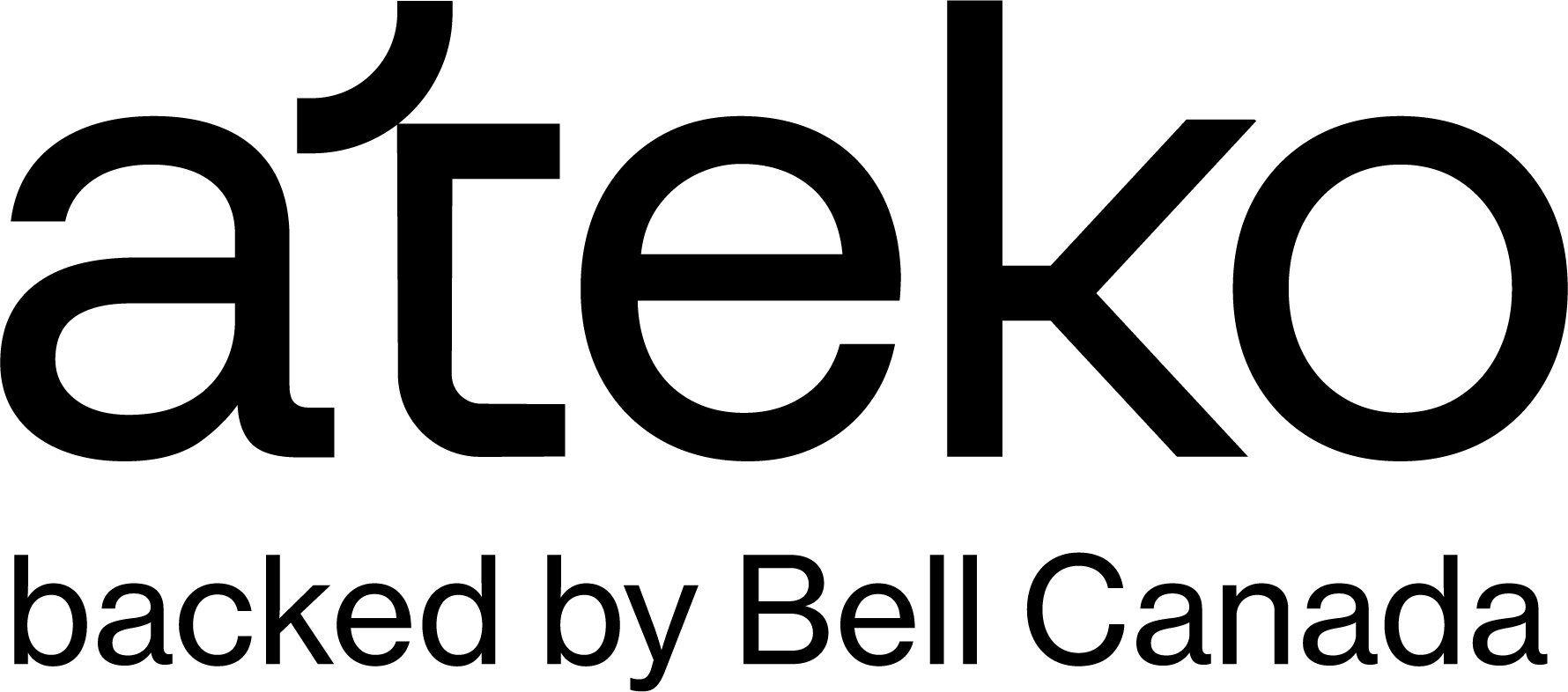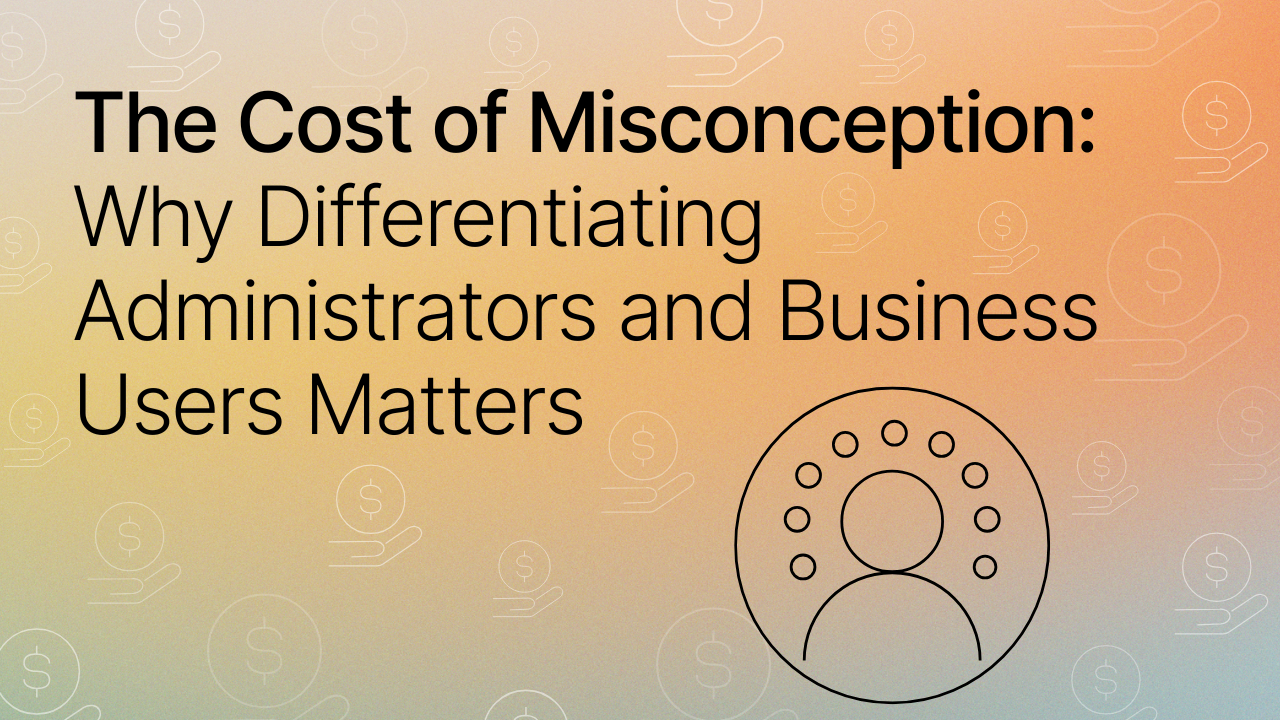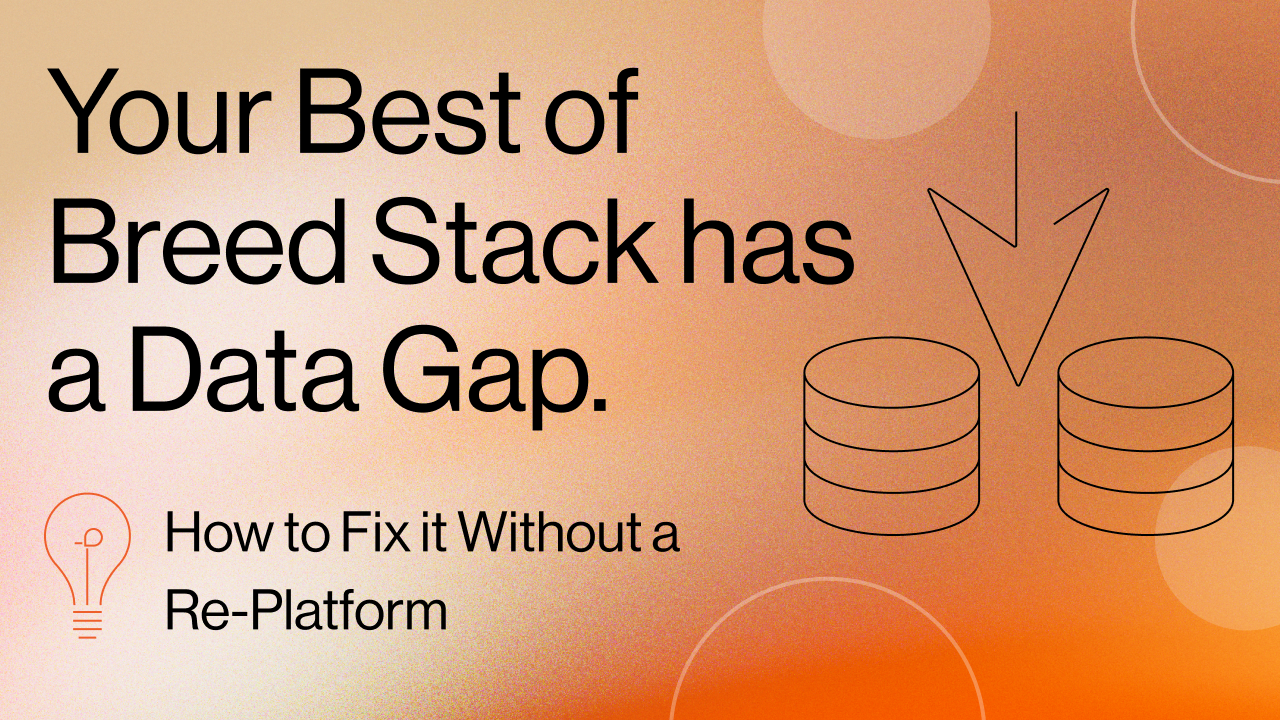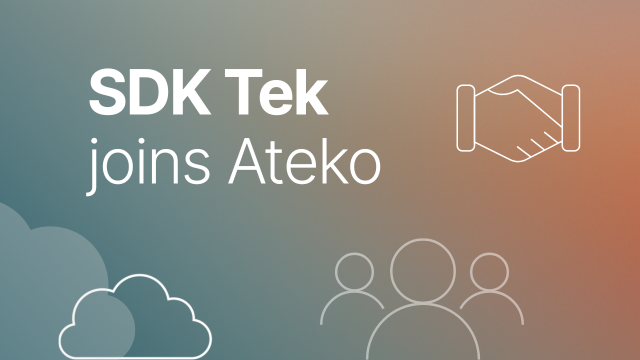Technical solutions are a critical component of a well-run organization. But there’s a common misconception that’s costing companies time, money, and efficiency.
Just because someone can use a tool doesn’t mean they should be administering it.
Let’s break down the critical difference between administrators and users.
Defining the Roles
- General Users: These are the everyday professionals who need technology to perform their jobs. They are present in broad numbers across the organization, using tools to achieve their daily tasks.
- Specialist Users: These individuals are experts in their specific domains. They need to achieve goals unique to their role, often requiring advanced functionality or specific access within a system, without getting bogged down in technical complexities. Think of a marketing team member who uploads lists for events or reports on broad campaign performance – they perform “quasi-admin” functions but aren’t true administrators.
- Administrators: Administrators are the true technical specialists who set up, maintain, and optimize these systems. They understand the infrastructure, security implications, and technical dependencies that make everything work smoothly behind the scenes. They are the guardians of the technical foundation.
The Nuance of “Admin-like” Functions
Every organization, at scale, will have both system administrators and end users. When we think about an end-user versus a Developer, Architect, or Admin, the distinction seems fairly obvious – but in reality, there are grey areas.
Normal businesses often have “Specialist Users”. These are users who may have a more technical role or a greater degree of comfort in the platform. They may include, for example, a team member who has to update pricing and products, an end-user who may create campaigns, or an events team who has to upload Lead lists as part of their daily activities. These are business users who generally don’t sit on the technical team but perform functions that require heightened “admin” access and special training. While the activity of these users within the platform is more technical than a standard user, they do not have the robust skillset of a dedicated Administrator.
Why This Distinction Matters
Being a user who performs these non-generic acts (specialists) that require some “admin” access and special training is not the same as being a true administrator.
- Training Differences: Specialist users need very different training that is bespoke to their role in the organization. They shouldn’t have to be platform experts; they are specialists in their business domain, but they do need special training specific to the business processes they complete in the platform). One of the most common mistakes organizations make is failing to provide this training, either because they assume only a dedicated Administrator should perform these functions or because it is assumed that generic end user training will be sufficient for them.
- Realistic Expectations: The expectation needs to be set that specialist users are often working within custom functionality within the system that is specific to their organization and therefore a ‘one-size-fits-all’ approach will not be helpful. Additionally, keep in mind that what they are doing may not always be intuitive because it requires both their understanding of the business and completion of a complex task in the platform. We should not expect them to become certified experts, although their interest may be piqued and they may pursue a specialized career track in the future.
- Governance and Security: This distinction has a whole slew of governance and security implications. Organizations need to ensure that any extra level of access comes with an increased understanding of security. Granting full admin access to specialist users, even for seemingly small tasks, creates significant vulnerabilities. Learn more on tiered access structures and detecting and preventing Ghost Admins in this post .
- Efficiency and ROI: When everyone plays to their strengths—business users owning their processes and outcomes, and administrators ensuring the technical foundation supports those needs—businesses see faster implementation, better adoption, fewer technical issues, and ultimately, stronger ROI on their technology investments.
The Solution: Specialization, Not Hierarchy
Recognize that tool ownership and system administration are different responsibilities requiring different skill sets. This distinction isn’t about hierarchy—it’s about specialization.
So before your next technology rollout, ask yourself: Are we assigning the right responsibilities (and the right training) to the right people? The success of your digital transformation may depend on it.




